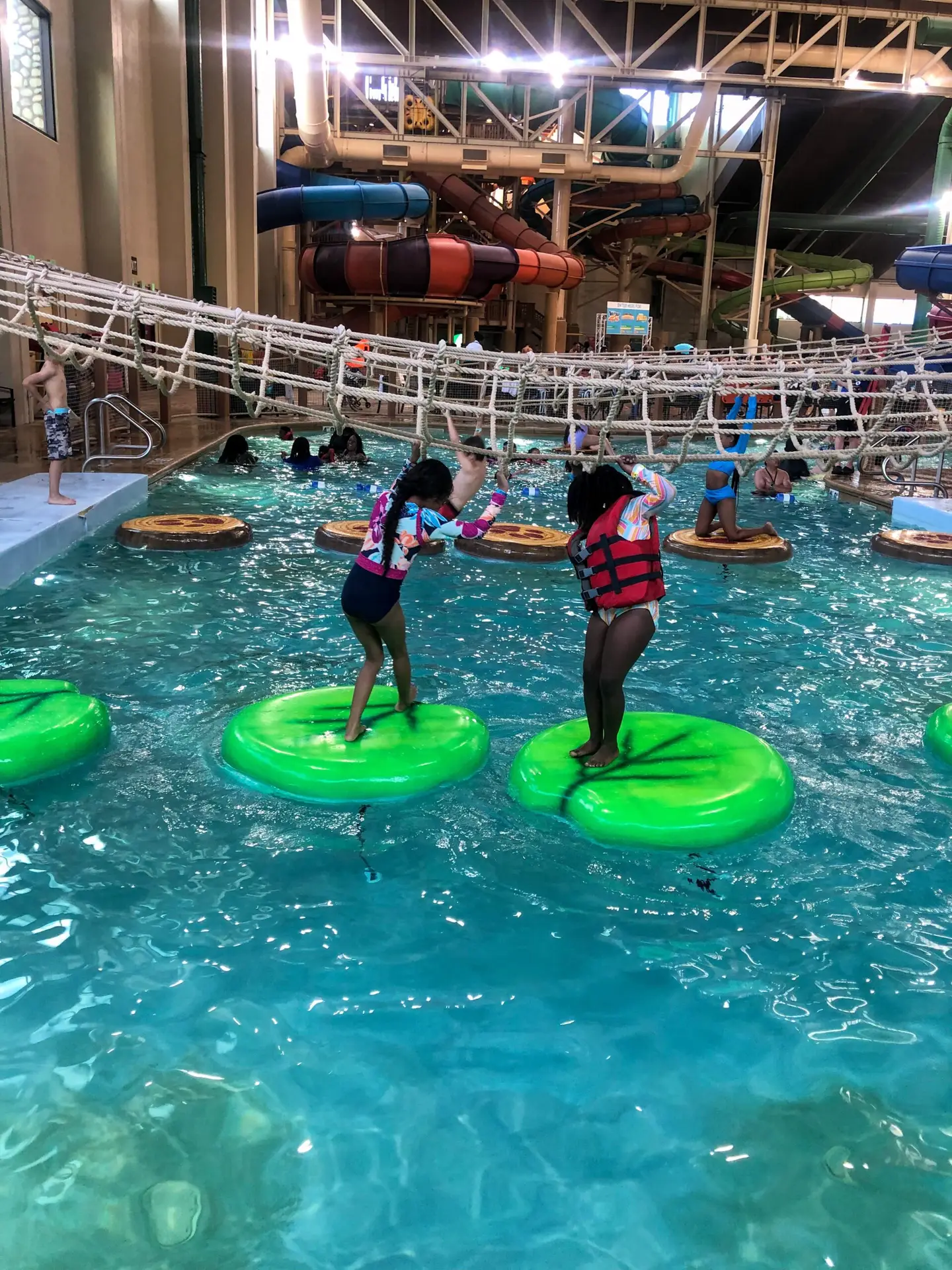A Personal Journey into ASL
A year ago, my daughter, who is enrolled in a Dual Language Immersion (DLI) program, discovered a fascinating new world: American Sign Language (ASL). It all started rather innocently. She stumbled upon a few ASL videos online, and what began as a casual curiosity quickly turned into a full-blown passion. I watched in awe as she taught herself the basics—fingerspelling her name and signing simple phrases with an enthusiasm that was nothing short of inspiring.
Seeing her unwavering commitment and recognizing the myriad benefits of learning ASL, I decided to take her journey to the next level. I enrolled her in an online ASL class, hoping to provide her with the structured learning environment she needed to thrive. Watching her embark on this educational adventure has been incredibly rewarding, and I can’t wait to see where her love for ASL will take her next.
What is American Sign Language?
American Sign Language (ASL) is a complete, natural language that has the same linguistic properties as spoken languages, but with grammar that differs from English. ASL is expressed through movements of the hands and face. It is the primary language for many North Americans who are Deaf or hard of hearing, and it is also used by some hearing individuals. ASL allows for rich and nuanced communication, providing a critical means of interaction for those who rely on it.
Is Sign Language the Same in Other Countries?
There is no universal sign language. Different sign languages are used in different countries or regions. For example, British Sign Language (BSL) is a different language from ASL, and Americans who know ASL may not understand BSL. Some countries adopt features of ASL in their sign languages, but each sign language has its own unique structure and vocabulary.
Where Did ASL Originate?
ASL has no single inventor. It arose over 200 years ago from the intermixing of local sign languages and French Sign Language (LSF, or Langue des Signes Française). Thomas Hopkins Gallaudet and Laurent Clerc played significant roles in its development by establishing the first school for the Deaf in Hartford, Connecticut, in 1817. Modern ASL includes elements from LSF and local sign languages, but has evolved into a distinct language. Today, ASL and LSF are separate languages, though they still share some similarities.
How Does ASL Compare with Spoken Language?
ASL is a language completely separate and distinct from English. It contains all the fundamental features of language, with its own rules for pronunciation, word formation, and word order. For instance, while English speakers might ask a question by raising the pitch of their voices and adjusting word order, ASL users raise their eyebrows, widen their eyes, and tilt their bodies forward. ASL also has regional accents and dialects, similar to spoken languages, with variations in the rhythm of signing, pronunciation, slang, and signs used. Fingerspelling, a part of ASL, is used to spell out English words, often for proper names or to indicate specific English terms.
How Do Most Children Learn ASL?
Language acquisition for Deaf children can differ based on their parents’ hearing status. A Deaf child born to Deaf parents who use ASL will naturally acquire ASL just as a hearing child acquires spoken language. However, 9 out of 10 Deaf children are born to hearing parents, who may have no prior experience with ASL. These children often learn ASL through Deaf peers and become fluent. Hearing parents who choose to introduce sign language to their Deaf children often learn it alongside them, fostering a shared language environment.
Why Emphasize Early Language Learning?
Early exposure to language, whether spoken or signed, is crucial for a child’s cognitive, social, and language development. The first few years of life are particularly important for establishing communication skills. Thanks to newborn hearing screening programs, parents can identify hearing loss early and start their child’s language learning process during this critical developmental stage.
Benefits of Knowing ASL
For the Deaf Community
For Deaf or hard-of-hearing individuals, ASL is a vital tool for communication, education, and social interaction. It fosters independence, self-advocacy, and a strong sense of community and cultural identity.
Broader Benefits
Learning ASL offers numerous benefits beyond the immediate needs of the Deaf community:
- Enhanced Cognitive Skills: ASL improves cognitive abilities such as memory, attention, and spatial awareness. The visual and gestural nature of ASL engages different parts of the brain compared to spoken languages.
- Improved Communication Skills: ASL enhances non-verbal communication skills, making individuals more attuned to body language and facial expressions, crucial components of effective communication.
- Inclusivity and Empathy: Knowing ASL fosters inclusivity and empathy, breaking down communication barriers and promoting a more inclusive society.
- Career Opportunities: Proficiency in ASL opens up various career opportunities, such as interpreting, teaching, and working within organizations that support the Deaf community. ASL interpreters are in high demand in education, healthcare, and legal fields.
Benefits for Hearing Children
For hearing children, learning ASL provides several developmental advantages:
- Early Communication: ASL allows children to communicate earlier than spoken language, which can reduce frustration and enhance bonding with caregivers.
- Bilingual Advantage: Children who learn ASL alongside spoken language gain the cognitive benefits of bilingualism, such as enhanced problem-solving skills and mental flexibility.
- Social and Emotional Development: Learning ASL can improve children’s ability to express themselves and understand others, fostering empathy and a deeper appreciation for diversity.
- Academic Performance: Studies show that children who learn sign language tend to perform better academically, often having larger vocabularies, better reading skills, and improved spelling abilities.
Research and Future Directions
The National Institute on Deafness and Other Communication Disorders (NIDCD) supports research on ASL, including its acquisition and characterization. Studies funded by the NIDCD aim to understand ASL’s grammar, development, and use when spoken language access is compromised. Research has shown that building complex phrases, whether signed or spoken, engages the same brain areas, which could inform treatments for language system injuries and therapies for language impairments.
The NIDCD also funds research on sign languages created in small communities, modeling the essential elements of natural language. These studies help understand the complex interplay between human language abilities, language environment, and learning outcomes.
What is American Sign Language?
American Sign Language (ASL) is a complete, natural language that has the same linguistic properties as spoken languages, but with grammar that differs from English. ASL is expressed through movements of the hands and face. It is the primary language for many North Americans who are Deaf or hard of hearing, and it is also used by some hearing individuals. ASL allows for rich and nuanced communication, providing a critical means of interaction for those who rely on it.
Is Sign Language the Same in Other Countries?
There is no universal sign language. Different sign languages are used in different countries or regions. For example, British Sign Language (BSL) is a different language from ASL, and Americans who know ASL may not understand BSL. Some countries adopt features of ASL in their sign languages, but each sign language has its own unique structure and vocabulary.
Where Did ASL Originate?
ASL has no single inventor. It arose over 200 years ago from the intermixing of local sign languages and French Sign Language (LSF, or Langue des Signes Française). Thomas Hopkins Gallaudet and Laurent Clerc played significant roles in its development by establishing the first school for the Deaf in Hartford, Connecticut, in 1817. Modern ASL includes elements from LSF and local sign languages, but has evolved into a distinct language. Today, ASL and LSF are separate languages, though they still share some similarities.
How Does ASL Compare with Spoken Language?
ASL is a language completely separate and distinct from English. It contains all the fundamental features of language, with its own rules for pronunciation, word formation, and word order. For instance, while English speakers might ask a question by raising the pitch of their voices and adjusting word order, ASL users raise their eyebrows, widen their eyes, and tilt their bodies forward. ASL also has regional accents and dialects, similar to spoken languages, with variations in the rhythm of signing, pronunciation, slang, and signs used. Fingerspelling, a part of ASL, is used to spell out English words, often for proper names or to indicate specific English terms.
How Do Most Children Learn ASL?
Language acquisition for Deaf children can differ based on their parents’ hearing status. A Deaf child born to Deaf parents who use ASL will naturally acquire ASL just as a hearing child acquires spoken language. However, 9 out of 10 Deaf children are born to hearing parents, who may have no prior experience with ASL. These children often learn ASL through Deaf peers and become fluent. Hearing parents who choose to introduce sign language to their Deaf children often learn it alongside them, fostering a shared language environment.
Why Emphasize Early Language Learning?
Early exposure to language, whether spoken or signed, is crucial for a child’s cognitive, social, and language development. The first few years of life are particularly important for establishing communication skills. Thanks to newborn hearing screening programs, parents can identify hearing loss early and start their child’s language learning process during this critical developmental stage.
Benefits of Knowing ASL
For the Deaf Community
For Deaf or hard-of-hearing individuals, ASL is a vital tool for communication, education, and social interaction. It fosters independence, self-advocacy, and a strong sense of community and cultural identity.
Broader Benefits
Learning ASL offers numerous benefits beyond the immediate needs of the Deaf community:
- Enhanced Cognitive Skills: ASL improves cognitive abilities such as memory, attention, and spatial awareness. The visual and gestural nature of ASL engages different parts of the brain compared to spoken languages.
- Improved Communication Skills: ASL enhances non-verbal communication skills, making individuals more attuned to body language and facial expressions, crucial components of effective communication.
- Inclusivity and Empathy: Knowing ASL fosters inclusivity and empathy, breaking down communication barriers and promoting a more inclusive society.
- Career Opportunities: Proficiency in ASL opens up various career opportunities, such as interpreting, teaching, and working within organizations that support the Deaf community. ASL interpreters are in high demand in education, healthcare, and legal fields.
Benefits for Hearing Children
For hearing children, learning ASL provides several developmental advantages:
- Early Communication: ASL allows children to communicate earlier than spoken language, which can reduce frustration and enhance bonding with caregivers.
- Bilingual Advantage: Children who learn ASL alongside spoken language gain the cognitive benefits of bilingualism, such as enhanced problem-solving skills and mental flexibility.
- Social and Emotional Development: Learning ASL can improve children’s ability to express themselves and understand others, fostering empathy and a deeper appreciation for diversity.
- Academic Performance: Studies show that children who learn sign language tend to perform better academically, often having larger vocabularies, better reading skills, and improved spelling abilities.
Research and Future Directions
The National Institute on Deafness and Other Communication Disorders (NIDCD) supports research on ASL, including its acquisition and characterization. Studies funded by the NIDCD aim to understand ASL’s grammar, development, and use when spoken language access is compromised. Research has shown that building complex phrases, whether signed or spoken, engages the same brain areas, which could inform treatments for language system injuries and therapies for language impairments.
The NIDCD also funds research on sign languages created in small communities, modeling the essential elements of natural language. These studies help understand the complex interplay between human language abilities, language environment, and learning outcomes.
Embracing ASL: A Journey of Empathy, Connection, and Lifelong Benefits
Watching my daughter, who is neither Deaf nor hard of hearing, embrace ASL has been a heartwarming and enlightening experience. Her journey has not only expanded her communication abilities but also deepened her empathy and cultural understanding. Through learning ASL, she has found a way to connect with the Deaf community, appreciating its unique and vibrant culture, and fostering meaningful and inclusive relationships.
While I don’t know if my daughter will ever have a practical need to use ASL in her daily life, the benefits she has gained are undeniable. Her passion for ASL has opened up new academic pathways and nurtured a profound respect for diversity and the beauty of language. This journey has shown me that the benefits of learning ASL are vast and far-reaching, enriching her life with compassion, connection, and a broader perspective on the world. Whether or not she uses ASL regularly, the skills and values she has acquired will undoubtedly benefit her for years to come.







